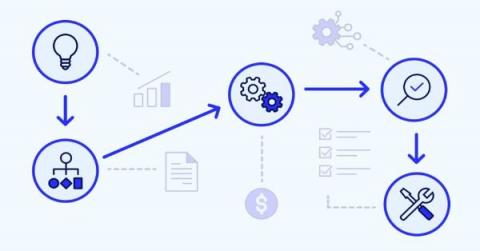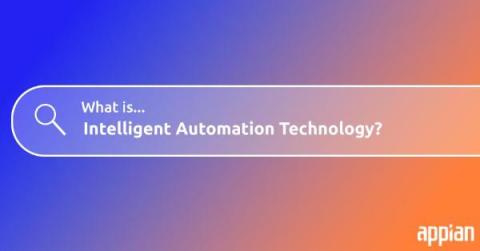5 AI Business Use Cases to Inspire You
With the explosion of artificial intelligence (AI), innovative companies are harnessing enterprise AI at scale for a variety of business use cases, including repetitive task automation, product and service development, supply chain management, customer service operations, decision-making systems, and more.











